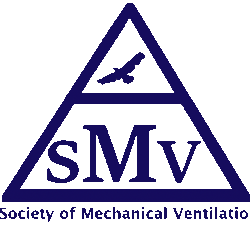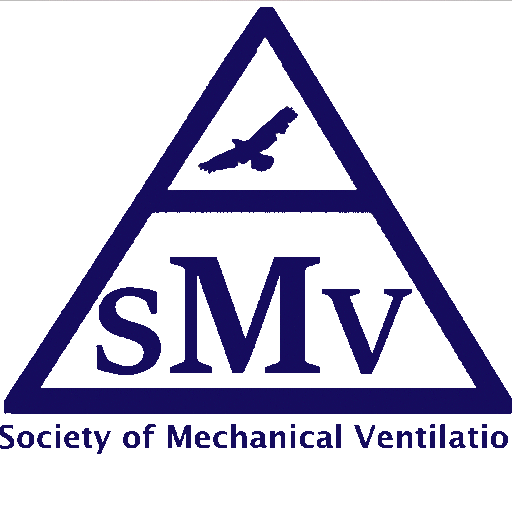Mechanical Power
Pmus
Mean Airway Pressure
Respiratory Mechanics
Dead Space
ROX Index
Coming soon
Mechanical Power in Volume Controlled Ventilation with constant flow (mM, Daoud)
Mechanical Power in Pressure Controlled Ventilation (mM, Daoud)
Mechanical Power in Volume or Pressure Controlled Ventilation (mM, Daoud)
Mechanical Power in Volume Controlled Ventilation with constant flow (Gattinoni)
Equation: 𝑀𝑃 = 0.098 x RR x VT x (𝑃𝑝𝑒𝑎𝑘 − (𝑃𝑝𝑙𝑎𝑡 − 𝑃𝐸𝐸𝑃) 2)
Reference: Ventilator-related causes of lung injury: the mechanical power
Mechanical Power in Pressure Controlled Ventilation (Becher)
Equation: MP = 0.098 x RR x VT x (∆Pinsp + PEEP)
Reference: https://link.springer.com/article/10.1007/s00134-019-05636-8
Estimating Pmus from P0.1
Equation: Pmus = – 2.99 x (P0.1) + 0.53
Reference: Estimating actual inspiratory muscle pressure from airway occlusion pressure at 100 msec
Mean Airway Pressure in Volume Control Ventilation with constant flow
Equation: Paw = 0.5 X (PIP – PEEP) X (TI/Ttot) + PEEP
Reference: Respiratory mechanics in mechanically ventilated patients
Mean Airway Pressure in Pressure Control Ventilation
Equation: Paw = (PIP – PEEP) X (TI/Ttot) + PEEP
Reference: Respiratory mechanics in mechanically ventilated patients
Mean Airway Pressure in APRV
Equation: Paw = (P High x T High) + (P Low x T Low) / (T High + T Low)
Reference: Airway pressure release ventilation
Respiratory System Static Compliance
Equation: Crs = VT / (Pplat – PEEP T)
Reference: Can you calculate the total respiratory, lung, and chest wall respiratory mechanics?
Lung Compliance
Equation: = VT / End inspiratory PPL – End expiratory PPL
Reference: Can you calculate the total respiratory, lung, and chest wall respiratory mechanics?
Alveolar Compliance
Equation: Alveolar compliance = VT – VDanat / Trans-alveolar DP
Reference: Alveolar mechanics: A new concept in respiratory monitoring
Chest Wall Compliance
Equation: Chest Wall Compliance = VT / End inspiratory Pes – End expiratory Pes
Reference: Alveolar mechanics: A new concept in respiratory monitoring
Total Inspiratory Resistance
Equation: Resistance = (PIP – Pplat) / Insp Flow
Reference: Can you calculate the total respiratory, lung, and chest wall respiratory mechanics?
Dead Space
Equation: Dead space volume = VD = VT x (PaCO2 – PeCO2) / PaCO2
Reference: Physiology, Lung Dead Space
ROX Index
Equation: ROX Index = SpO₂/FiO₂ / Respiratory rate

